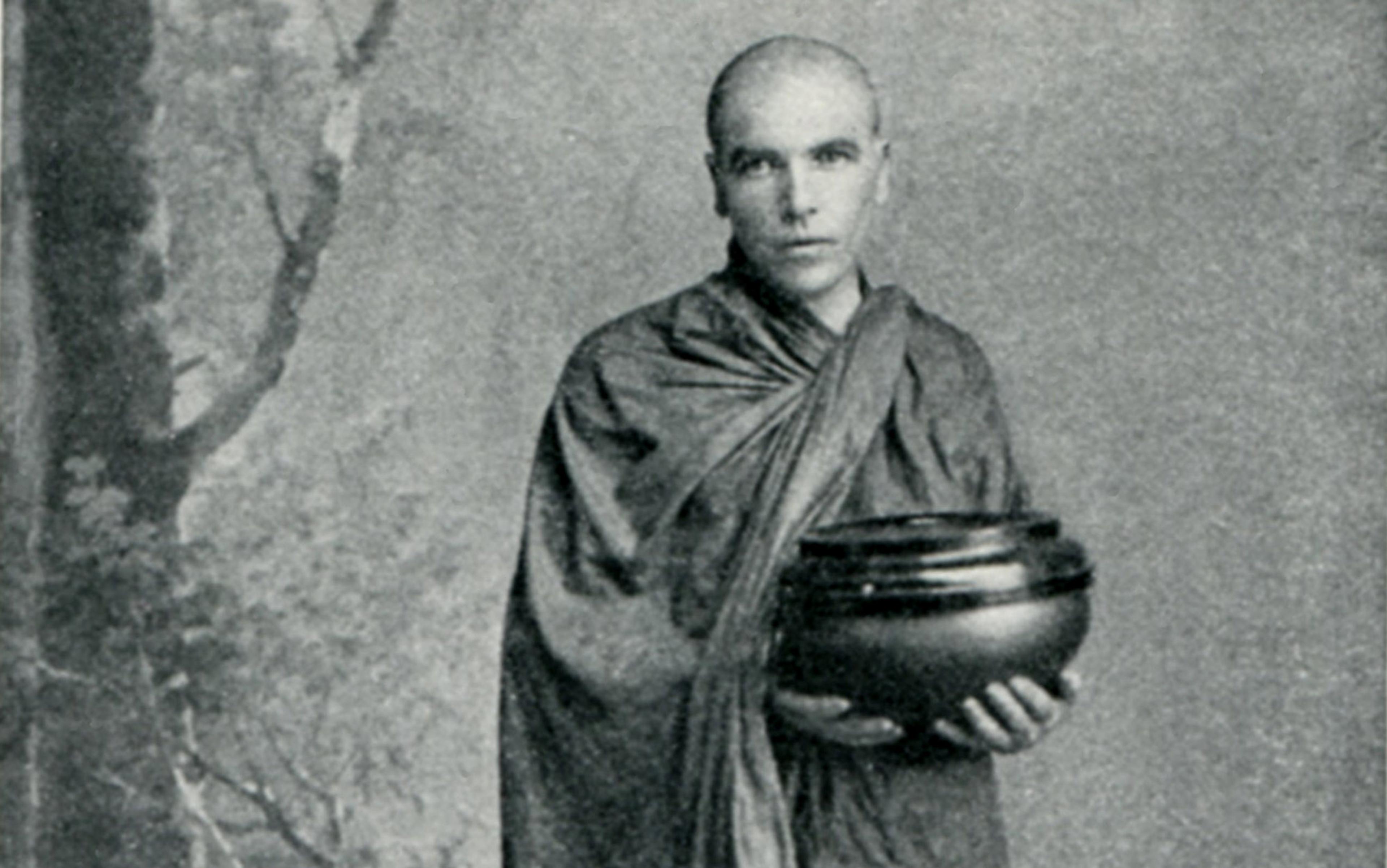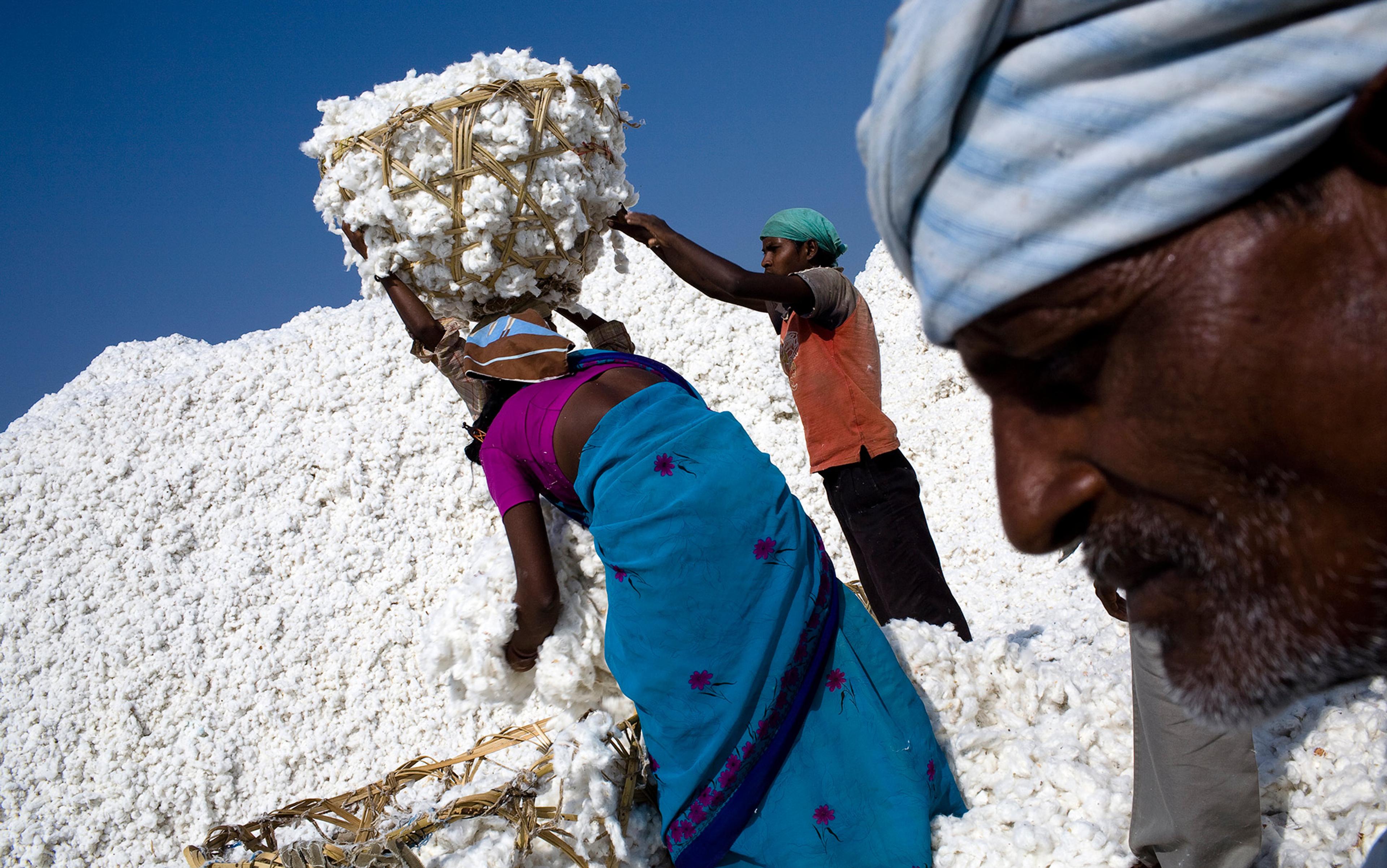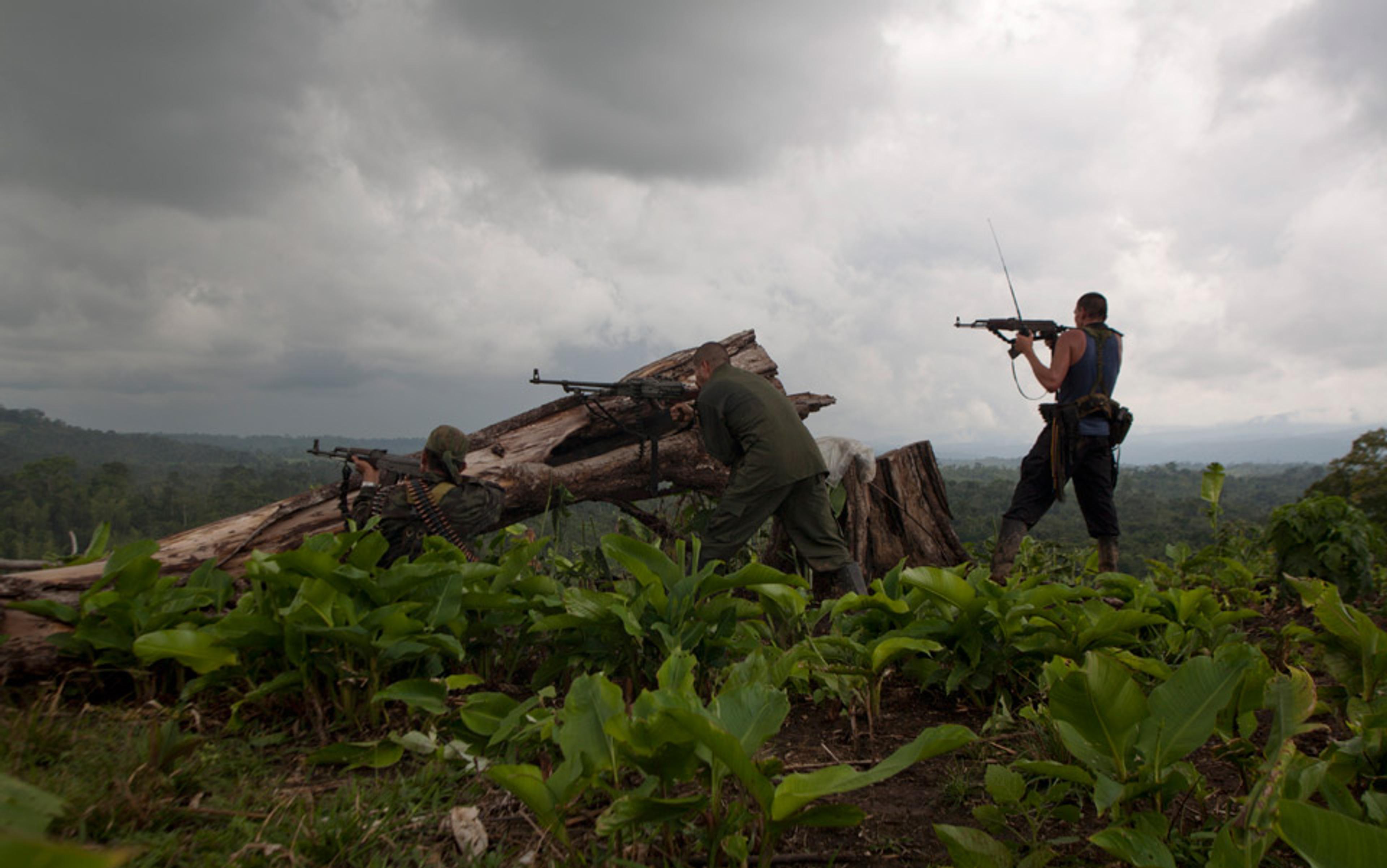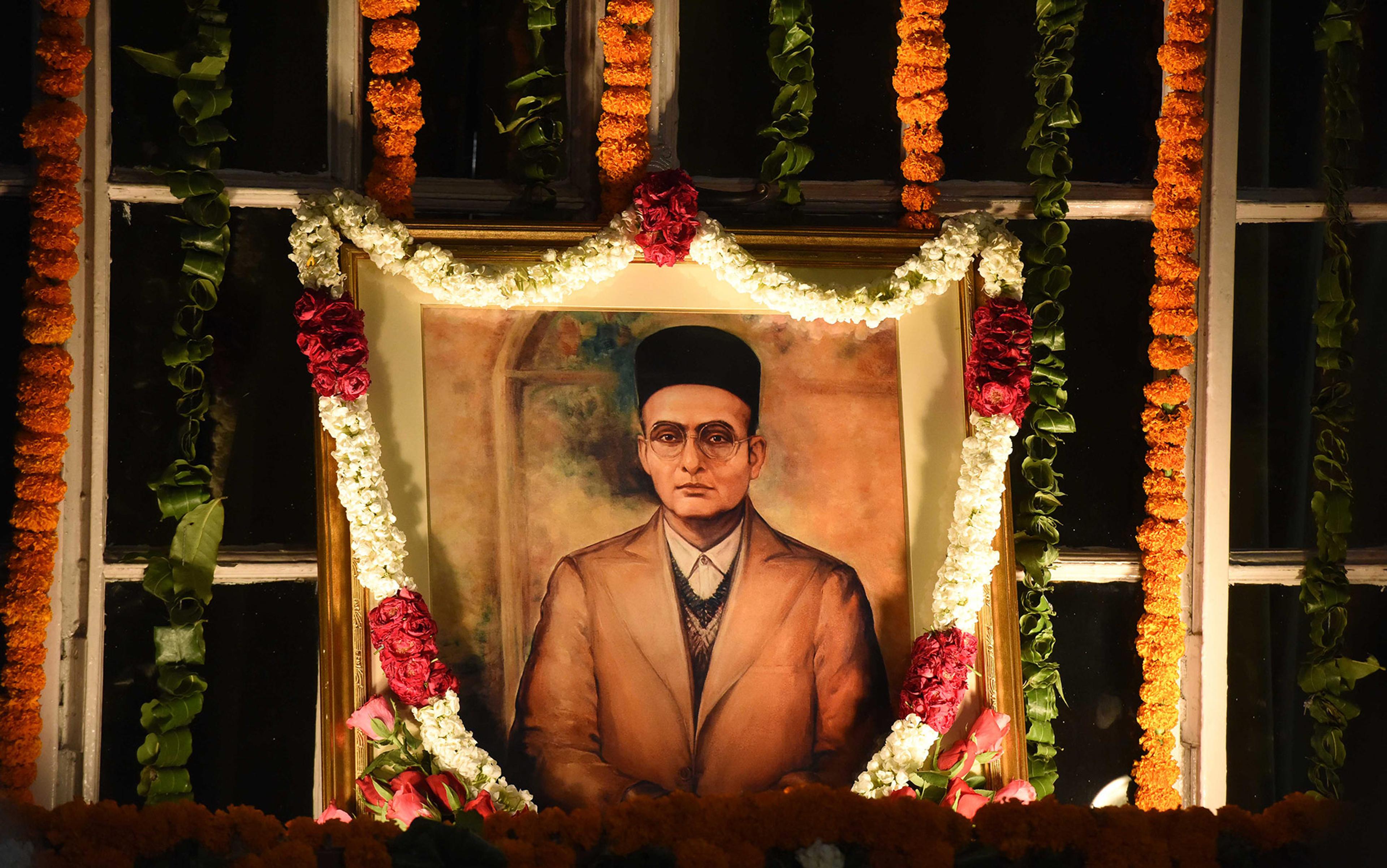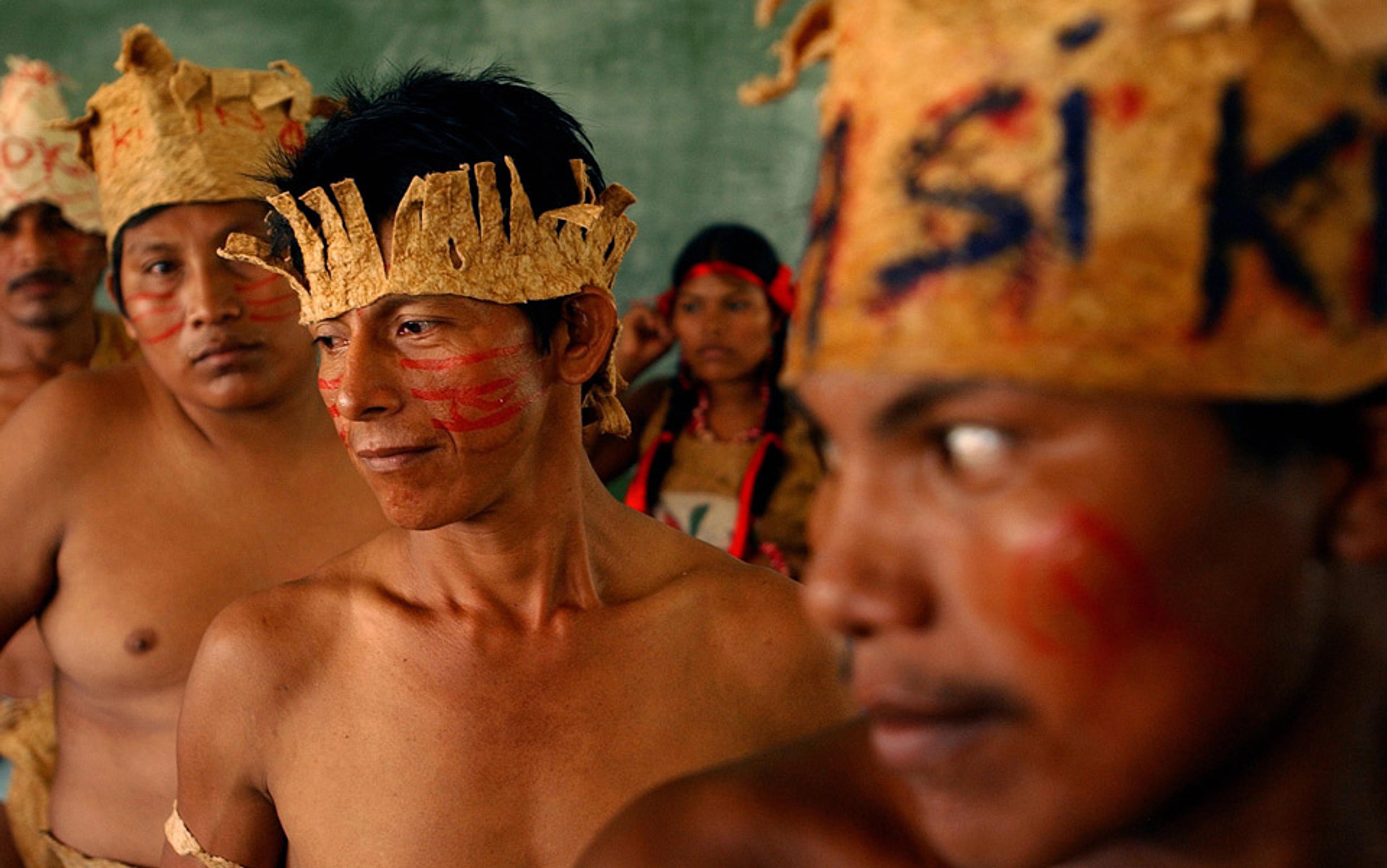On 6 April 2010, a company of India’s central paramilitary soldiers came under attack from Maoist guerrillas in the central-eastern state of Chhattisgarh. The Maoists, who had turned this region into their stronghold, had laid a trap. With little training and scant knowledge of the Amazon-like jungle, the Indian soldiers found themselves ambushed. They fought back, but they could not escape the ambush. Seventy-five soldiers and a state policeman accompanying them were killed.
Never before had the Indian forces suffered so many casualties in a single incident, not even in Kashmir, where, for more than 20 years, they had been fighting a protracted battle against Islamist extremists. As the body bags of the soldiers reached their native places in different parts of India, a deep sense of anger generated among people who till recently had only a vague idea about who these Maoists were, and even less about the hinterland that the Maoists had turned into a guerrilla zone.
Since the mid-2000s, the Maoists had grown in strength, launching audacious attacks against government forces and looting police armouries and declaring certain areas as ‘liberated zones’. Their operations ran in a contiguous arc of land, from Nepal’s border in the east to the Deccan Plateau in the south – an area the Maoists called Dandakaranya or DK, using the name in its historical sense. This is a region where India’s indigenous people, the Adivasis, lived; it also holds valuable minerals and other natural resources in abundance. The Indian state wanted control over the natural resource wealth, but the Maoists were proving to be an obstacle. Then, in 2009, the then prime minister Manmohan Singh called them India’s ‘greatest internal security threat’.
On the morning of the attack in 2010, I’d landed in a part of DK, in a city a three-hour car ride from the edge of a town beyond which was a forest ruled by Maoists. From there, if one started walking, one would, without getting on to a motorable road, reach the spot of the Maoist ambush. There would be only a sprinkling of tiny hamlets, inhabited by Adivasis, who thought of Maoists as the ‘government’. Beyond that, they had very little idea of life outside, least of all the blitzkrieg of ‘India Shining’, a political campaign by a previous government (the conservative BJP), which had in spirit continued to exist as a cursor to economic optimism.
The scrawny man – I’ll call him ‘A’ – who came to pick me up from the railway station on his battered motorcycle was a former Maoist. He was also a Dalit, the so-called ‘lower-caste’ people at the bottom of the Hindu caste system, who, like the Adivasis, have been historically maltreated in India. He lived in a slum and had been recruited in the 1980s, along with several others in the city, by a woman Maoist. After a few years, ‘A’ had quit the party to raise a family. Life outside had been harder than inside the forest. For people like ‘A’, it was difficult to come out of the poverty and bitterness that came with their ascriptive status in the caste system. He struggled with odd jobs, and in the night drank heavily and sang resistance songs by the yard to temporarily rid himself of the bile.
People had begun to talk of a ‘trillion-dollar economy’, while in some areas the poor would still die of hunger
I’d spend a day or two in that city and then travel towards the edge of the town, from where a Maoist sympathiser would pick me up from a stipulated spot. After a bike or jumpy tractor ride, followed by a walk of several hours, contact with a Maoist squad would be established. From there, I would travel with them, sometimes for weeks, from one hamlet to another, crossing rivers and hills, evading bears and venomous snakes, hoping that, once I returned, I wouldn’t be gripped by a fever, which could indicate malaria, endemic in these areas.
Twelve years earlier, my own history had prompted my interest in Kashmir and the Maoists. My family belonged to the small Hindu minority in Kashmir – the only Muslim-majority state in an otherwise Hindu-majority India. In 1990, we were forced to leave, as Islamist extremists began targeting the Hindu minority. In a few months, the entire community of roughly 350,000 people was forced into exile. For journalists, though, that expulsion was not very newsworthy. As the Indian forces began conducting operations against militants, resulting in brutal clampdowns and sometimes excesses against civilians, Kashmir became a dangerous place. But, for journalists, it turned into a harbinger of awards, of grants and fellowships.
I decided to go away from Kashmir, not at first by design, but by a chance trip to the guerrilla zone. I had barely travelled beyond Delhi, just a few hundred miles south of Kashmir. But, as I began exploring the mainland further, I ended up in hinterland areas where India’s poorest of the poor lived. In the new India, where people had begun to randomly drop into conversations terms such as ‘trillion-dollar economy’, these areas still remained where the poor would die of hunger. What I saw in my journeys into rural India came as a revelation; in contrast, my own exile, of leaving a modest but comfortable home and instead facing the humiliation of living in a run-down room in exile in Jammu city, seemed bearable. Maoists weren’t yet receiving a lot of attention. The prime minister Singh’s pronouncement about Maoists was more than 10 years away, so it was difficult to convince editors to cover them, but I persisted, mostly because I felt that I was receiving a real education, one that a journalism school would never offer. In these years, the lack of government interest in the Maoists was an advantage – one could travel easily to DK without invoking the suspicion of the security apparatus.
When I said goodbye to ‘A’ and headed into the forest from where DK began, I knew I’d have to be more cautious. I had avoided spending more than a few hours in the city where we’d met; a hotel reservation could give me away, and the police would put me under surveillance. By the afternoon of the next day, I was in a Maoist camp, under a tarpaulin sheet, meeting, among others, Gajarla Ashok, a Maoist commander, and another senior leader, a woman called Narmada Akka. Like most of the Maoist leadership, they both came from urban areas. These leaders had been teachers, engineers, social scientists and college dropouts, moved by the idea of revolution. They had come to DK with the same dream of establishing an Indian Yan’an (the birthplace of the Chinese communist revolution). But the core of Maoist recruitment came from the Adivasis, and before that from the working class and peasantry among Dalits and other ‘backward’ communities.
The Maoists had decided to enter Chhattisgarh and its adjoining areas (which comprised DK) in the early 1980s. That was their second effort to bring about a revolution. An earlier attempt had been made in a village called Naxalbari in West Bengal, in the late 1960s. Peasants, who tilled the fields of landlords and received only a minuscule proportion of the harvest, rose against the iniquity of their small share. The rebellion was inspired by members of the mainstream Communist Party of India, who had begun to grow disillusioned with their organisation. This questioning had also taken place in other parts of the world. In France, for example, during the May 1968 Leftist student protests, the postwar Left came to be seen as an obstacle to real social transformation. What do we win by replacing ‘the employers’ arbitrary will with a bureaucratic arbitrary will?’ asked the Marxist thinker André Gorz. A similar sentiment had been expressed almost 40 years earlier by an Indian revolutionary, Bhagat Singh, whom the British then hanged in 1931 at the age of 23. In a letter to young political workers a month before his hanging, Singh warned that the mere transfer of power from the British to the Indians would not suffice, and that there was a need to transform the whole society:
You can’t ‘use’ him [the worker and the peasant] for your purpose; you shall have to mean seriously and to make him understand that the revolution is going to be his and for his good. The revolution of the proletariat and for the proletariat.
Singh’s prescription proved to be right. Even as the prime minister Jawaharlal Nehru, whose commitment to social justice could not be doubted, took over from the British in 1947, the poor and the marginalised communities like the Dalits and Adivasis continued to remain outside the welfare circle of his five-year plans. Feudalism did not go away. Land reforms to break up the feudal concentrations of wealth and power were initiated, but the rich and the powerful also found means to circumvent the law. The rich quickly joined politics, and the police acted as their private militia. As recently as 2019, a survey by the Indian government revealed that 83.5 per cent of rural households owned less than one hectare of land. The government’s Planning Commission figures (1997-2002) put the landless among Dalits at 77 per cent, while among the Adivasis it was 90 per cent. The government’s National Sample Survey in 2013 revealed that about 7 per cent of landowners owned almost half of the total land share.
Small guerrilla squads began to indulge in ‘class annihilation’, killing hundreds of landlords
In the 1960s, these disillusioned communists felt that the Communist Party of India had grown complacent and corrupt, and that its leaders were ‘conscious traitors to the revolutionary cause’. They made their case in long papers and articles full of communist jargon in publications like Deshabrati, People’s March and Liberation. The essence of their indictment was that the poor and the working class had been let down by the parliamentary Left. In 1969, these breakaway communists formed their own party, the Communist Party of India (Marxist-Leninist), which announced its aim to unite the working class with the peasantry and seize power through armed struggle. They sought help from China, which was quick to offer it, calling the uprising ‘a peal of spring thunder’. Some of the men inspired by Mao travelled to China through Nepal and Tibet, receiving political training from Mao’s associates.
The Maoist message spread from Naxalbari to other parts of India, like Bihar, Andhra Pradesh, Punjab and Kerala. Inspired by its main leader, Charu Majumdar, small guerrilla squads began to indulge in ‘class annihilation’, killing hundreds of landlords and their henchmen, policemen and other state representatives. ‘To allow the murderers to live on means death to us,’ Majumdar declared. Liberation, the party’s mouthpiece between the years 1967-72, is full of reports of killings of landlords, and how land and other property they owned had been ‘confiscated’ by peasant guerrillas. In practice, however, ‘class annihilation’ proved counterproductive. On the streets of Calcutta (today’s Kolkata), for example, naive men from elite colleges would roam around with crude bombs and even razors with which they attacked lone policemen.
Nonetheless, in the late 1960s, the Naxalbari movement inspired thousands of bright men and women from elite families studying at prestigious schools. They said goodbye to lucrative careers and made the feudal areas, where the poor faced the utmost oppression, their workplace. Beginning in July 1971, a brutal government response killed hundreds of Indian Maoists, probably including their leader Majumdar; he died in police custody in 1972.
Kondapalli Seetharamaiah, popularly known as KS, was one of those dissatisfied with the shape that the parliamentary Left had taken in India. He was a school teacher in Andhra Pradesh, which had a long history of feudalism and communist struggles. In the state’s North Telangana area, bordering Chhattisgarh, for example, feudal customs of slavery like vetti were still being practised decades after India became free. KS, a former member of the Communist Party of India, had not lost all hope, and decided to join hands with Majumdar’s line. But before he could restart, he decided the Maoists needed a rear base, just like Mao had urged, for the guerrillas to hide in the forest. The other amendment to Majumdar’s line was with regards to the formation of overground organisations to further the cause of revolution, something that Majumdar had strongly opposed. In 1969, KS sent a young medical student to a forest area in North Telangana to explore the possibility of creating the rear base. But in the absence of any support, the lone man could not achieve anything and had to return. In the mid-1970s, KS sent yet another man, this time a little further inside, into Chhattisgarh. Spending a few months inside, the man, who had acquired basic medical training, started treating the poor tribals. But, again, how much could one man or two do? So, he returned as well.
So KS made another change in strategy – he took the Maoists out of the shadows and founded a few organisations that, on the surface, were civic associations, but were meant to further the Maoist ideology. Prominent among these was the Radical Students Union (RSU), launched in October 1974. Along with a cultural troupe, Jana Natya Mandali, young RSU members began a ‘Go to Village’ campaign on KS’s instructions. In this campaign, the young student radicals and ardent believers in the armed struggle would try to make villagers politically ‘conscious’. The ‘Go to Village’ campaign enjoyed some initial success, attracting students and other young people from working-class backgrounds. Hundreds of young people in universities and other prestigious institutions in Andhra Pradesh left their studies and vowed to fight for the poor. Fourteen students from Osmania University in what was then Andhra’s capital, Hyderabad, joined; 40 from other parts of the state joined the Maoist RSU.
The Maoists’ ‘Go to Village’ campaign found fertile ground in the town of Jagtial, in the state’s Karimnagar district. There, as across Andhra, people celebrate the festival Bathukamma, which includes theatre performances in villages that were home to landlords from the dominant castes. The caste segregation of the villages was complete: the landlords lived in the village centre, while the Dalits lived on its periphery. But now in Jagtial, the Dalit labourer Lakshmi Rajam took the performance to the Dalit quarters. Another Dalit man, Poshetty, occupied a piece of government-owned wasteland, which would usually be in the landlords’ control. These acts enraged the landlords, who killed both these Dalit activists.
As the Maoists pushed on, the state retreated, and the Adivasis began to exert their rights over the forest
On 7 September 1978, under the influence of the Maoists, tens of thousands of agricultural labourers from 150 villages marched through the centre of Jagtial. The march was led by two people, one of them Mupalla Laxmana Rao, alias Ganapathi. He came from Karimnagar itself and would become KS’s closest confidante, later taking over from him to become the Maoist chief. The other was Mallojula Venkateshwara Rao, alias Kishenji, a science graduate, who would prove to be an efficient leader and military commander.
The Jagtial march rattled some landlords so much that they fled to cities. The poor also decided to boycott the landlords who would not agree to any land reforms. Services that the poor provided – washer men, barbers, cattle feeding – were denied to the landlords. This strike led to further backlash from landlords, as reported by the respected Indian civil rights activist K Balagopal.
From these village campaigns, KS decided to move ahead and try to create a guerrilla zone where armed squads would mobilise peasants and contest state power. In June 1980, seven squads of five to seven members entered the hinterland – four of them in North Telangana, two in Bastar in Chhattisgarh, and one in Gadchiroli in Maharashtra, an area where the Adivasis lived. They were mostly food-gatherers, and their life had remained unchanged for hundreds of years. Abundant mineral wealth lay in the land under where the Adivasis lived, but they lacked even basic modern services like education and healthcare. Petty government representatives like forest guards would harass the Adivasis for using resources like wood, citing archaic forest laws. At first, the Adivasis did not welcome the presence of the Maoists. However, before long, a kind of alliance between them developed, where the common enemy now was the state. As the Maoists pushed on, the state retreated, and the Adivasis began to exert their rights over the forest. In many areas, the feudal landlords were served ‘justice’ like Mao had dictated.
In 1980, the Swedish writer Jan Myrdal visited the Maoists, and one of the comrades told him of an incident from North Telangana, which Myrdal recounts in his book India Waits (1986). A notorious rowdy there had instilled fear among the people on behalf of his master, a landowner. He raped a washer-girl. In shame, she jumped into a well and drowned herself. When the Maoists came to know of it, four of them, till recently students, called him out in the bazaar. When he arrived, the rebels caught him with a lasso, cut off his hands and nailed them to a wall inside a shop.
The rough vigilante justice inspired more young people to join the Maoists: men like Nambala Keshava Rao, a graduate of the much-respected Warangal engineering college, and Patel Sudhakar Reddy, who held a master’s degree from Osmania. It also brought in young women like Maddela Swarnalata and Borlam Swarupa. Swarnalata came from a poor Dalit family and was recruited through the Radical Students Union. In the early 1980s, she’d taken part in clashes against Right-wing student groups, especially the Akhil Bharatiya Vidyarthi Parishad. The police would follow her and pressurise her into revealing details of her comrades who had already gone underground. Soon it became impossible to avoid arrest, so she too went underground, joining a Maoist squad, before dying in an encounter with the police in April 1987. Meanwhile, Swarupa had become active through campaigns with farmers’ groups for a better price for their crops. The Maoist leadership placed her as a labourer in a biscuit factory in Hyderabad, in order to recruit among workers there. Once she’d been exposed, Swarupa was asked to shift to the guerrilla zone, where she became the first woman commander, leading a squad in North Telangana, until she was killed in an encounter in February 1992. One of the prominent features of the Maoist movement is the way it attracted women to its fold. For women from the working class, who led difficult lives under a patriarchal mindset, joining the Maoists felt like a liberation.
Recruits to the Maoists often attracted their friends, siblings and other family members to join too. Doug McAdam, professor of sociology at Stanford University in California, has written about this ‘strong-tie’ phenomenon, in which personal connections draw people into ‘high-risk activism’ of violence. In Bastar and elsewhere, the Maoist guerrillas targeted people and agencies they considered exploiters. For example, they started to negotiate better rates for the collection of tendu leaves, used in the manufacture of local cigarettes, which was a lucrative business. But along with that, they also started to take cuts from businessmen for running their organisations. The Norwegian anthropologist Bert Suykens, who has studied the tendu leaf business, called it a joint extraction regime. The Maoists also began to extort a levy from corporate houses involved in mining in these areas, as well as from government contractors. In the process, they deviated from their promise – of returning the forest to the Adivasis, and of helping the poor. They spent most of their time running their organisation and launching attacks against government forces. In her research in central Bihar in 1995-96, the Indian sociologist Bela Bhatia concluded that the Maoist leaders ‘have taken little interest in enhancing the quality of life in the villages.’ In fact, these leaders regarded development ‘as antagonistic to revolutionary consciousness,’ she wrote in 2005.
In the meantime, the Indian state was growing impatient with the Maoists. In 2010, a London-based securities house report predicted that making the Maoists go away could unlock $80 billion of investment in eastern and central India. New Delhi began preparations for a large-scale operation to get rid of them. But, before that, the extraordinary arrest in 2009 of the Maoist ideologue Kobad Ghandy in Delhi heightened political interest in the insurgents.
Special police agents from Andhra Pradesh had managed to locate Ghandy, who had been living in a slum using fake identification. He came from an elite Parsee family in Mumbai; his father was the finance director of Glaxo; he had studied with India’s political dynasts at the elite Doon School, and had then gone to London to pursue further education as an accountant. In the UK, he was introduced to radical politics, and returned to Mumbai in the mid-1970s, where he met Anuradha Shanbag, a young woman from a family of notable Indian communists and a student of Elphinstone College in Mumbai. Shanbag and Ghandy were both drawn to Maoism, fell in love and married. Soon afterwards, in 1981, they met KS in Andhra Pradesh and shifted to a slum area in a city where Shanbag recruited my friend ‘A’ and others. In 2007, Shanbag was promoted to the Maoist Central Committee, a rare accomplishment for a woman. A year later, however, she died from complications due to malaria she had contracted in a guerilla zone.
After Ghandy’s arrest in 2009, rumours arose that he had been sent to work among the labourers as part of the Maoists’ urban agenda. His arrest became a hot topic in Delhi circles: for the first time, it sparked interest in the Maoist movement among people who did not bother to read a newspaper beyond its Fashion section. Ghandy’s abandonment of his elite background to fight for the poor created a wave of empathy for the Maoist movement.
Around the time of his arrest, I got a rare opportunity to meet the Maoist chief, Ganapathi. The meeting happened by chance. Through some overground sympathisers, he had learnt that I was in a city close to the guerrilla zone in which he was then hiding. By this time, state surveillance was at its peak, and the Maoist leadership was extremely cautious of any contact with outsiders. Ganapathi in particular barely met anyone except his commanders. After days of travel through the guerrilla zone, I was allowed to record our conversation on a digital device provided by his men. After Ganapathi left the area, I transcribed the interview, but even that I was not allowed to carry with me. A month later, I received the transcript through one of his overground workers in Delhi.
As part of its anti-Maoist operation, the government began to push infrastructure
A few months later, in 2010, while I spent time with the Maoist leaders Gajarla Ashok and Narmada Akka in their camp, I sent a questionnaire to Ganapathi. His reply came a few weeks later, in which he made mention of the importance of work in urban areas: ‘If Giridih [a small town in the east] is liberated first, then based on its strength and on the struggles of the working class in Gurgaon [now Gurugram, a satellite city close to Delhi where most multinational corporations have their offices], Gurgaon will be liberated later. This means one is first and the other is later.’
It was a tall order. There were innumerable problems in cities, including poverty. But with the liberalisation of the 1990s, middle-class insularity had made most people oblivious of the suffering of others. The Maoists wanted to make inroads through slums and labour unions, but did not find enough reception.
The curiosity and empathy the Maoists generated among ordinary people in cities soon dissipated. The conservative BJP, which was rising to national power, relentlessly used Kashmir to rouse Hindu sentiment in mainland India. In the first decade of 2000, Islamist radicals targeted mainland India, creating friction with the Muslim minority. The Indian Parliament had come under attack in 2001; Mumbai city faced a terrorist attack in 2008. Between these, many Indian cities like Delhi, Hyderabad, Varanasi and Jaipur were targeted with bomb blasts, killing scores of people. At the same time, the overground sympathisers of the Maoist movement began hobnobbing with separatist elements from Kashmir and India’s Northeast, which had a long history of secessionism, and these potential alliances stirred controversy. This resulted in a backlash against Maoist sympathisers, and a new term was coined for them: ‘urban Naxal’. Hindu nationalism was on the rise in India and, in the coming years, this term would become a ruse for the government to suppress all activism, resulting in the incarceration of civil rights activists like the human rights lawyer Sudha Bharadwaj. What also did not help is the number of body bags – of forces killed in Maoist ambushes – going to different parts of the country.
As part of its anti-Maoist operation, the government began to push infrastructure – primarily roads and mobile/cellphone towers – in the Maoist-affected areas. It led to further entrenchment of state forces, which also weakened the Maoists. Their leaders who were in hiding in cities began to be hunted down.
The new roads and phone towers were welcomed by rural people. The Maoists began killing Adivasis on suspicion of being police informers. This violence alienated Adivasis, and others too. Earlier, the Maoists would visit a village in the night and slip away. Even if their presence was reported, it was of no use to security forces because the information would reach them quite late. But now, with cellphone networks, the people could call immediately, leading to encounters between the Maoists and state security forces.
Since about 2020, the decline of India’s Maoist movement has been rapid. The Maoist commander Ashok – whom I had met in the forest in 2010 – surrendered in 2015. One of his brothers had already died in an encounter. Meanwhile, Akka was arrested in 2019 in Hyderabad where she was seeking treatment for cancer; she died in a hospice three years later.
The government raised a special battalion of Adivasis, which included surrendered Maoists, to hunt down the Maoists. It started getting big results. In May this year, Nambala Keshava Rao, who had taken over as the Maoist chief from Ganapathi in 2018, was killed in a police encounter. A few weeks later, another of Ashok’s brothers, a senior commander, was also killed by police. The entire Maoist leadership, barring a few, has been wiped out. Ashok has, of late, joined the Indian National Congress Party. ‘A’ has not been in touch in the last few years, ever since some of his friends were arrested as ‘urban Naxals’. A friend of his told me the other day that he has stopped interacting with people. A month ago, a friend in Gurugram told me of an incident where he lives. His local Resident Welfare Association had put a cage in their park, with a banana inside it to lure marauding monkeys in the vicinity. A few hours later, they found that the banana had been consumed by someone and the peel left outside the cage. It made me imagine how hungry that person would have been, most likely a poor worker. The friend sent me a screenshot of the residents association’s WhatsApp group. ‘Check the CCTV,’ someone had written.
The Maoists have completely surrendered now, asking the government to accept a ceasefire. A statement released this September, purportedly by part of the Maoist leadership, apologises to people, saying that, in the process of revolution, the leadership made several tactical mistakes, and that the ceasefire was now important to stop the bloodshed. What those mistakes are, the letter wouldn’t say. As anti-Maoist operations go on with even more rigour, a handful of those still inside the forest will ultimately surrender or be killed. How history remembers them is too early to say; but it is a fact that, had it not been for them, the much-needed focus on the hinterland of DK would not have been there. However, to the man in Gurugram who stole the banana, and to the man in Giridih, who doesn’t even have a banana in sight, it means nothing.

